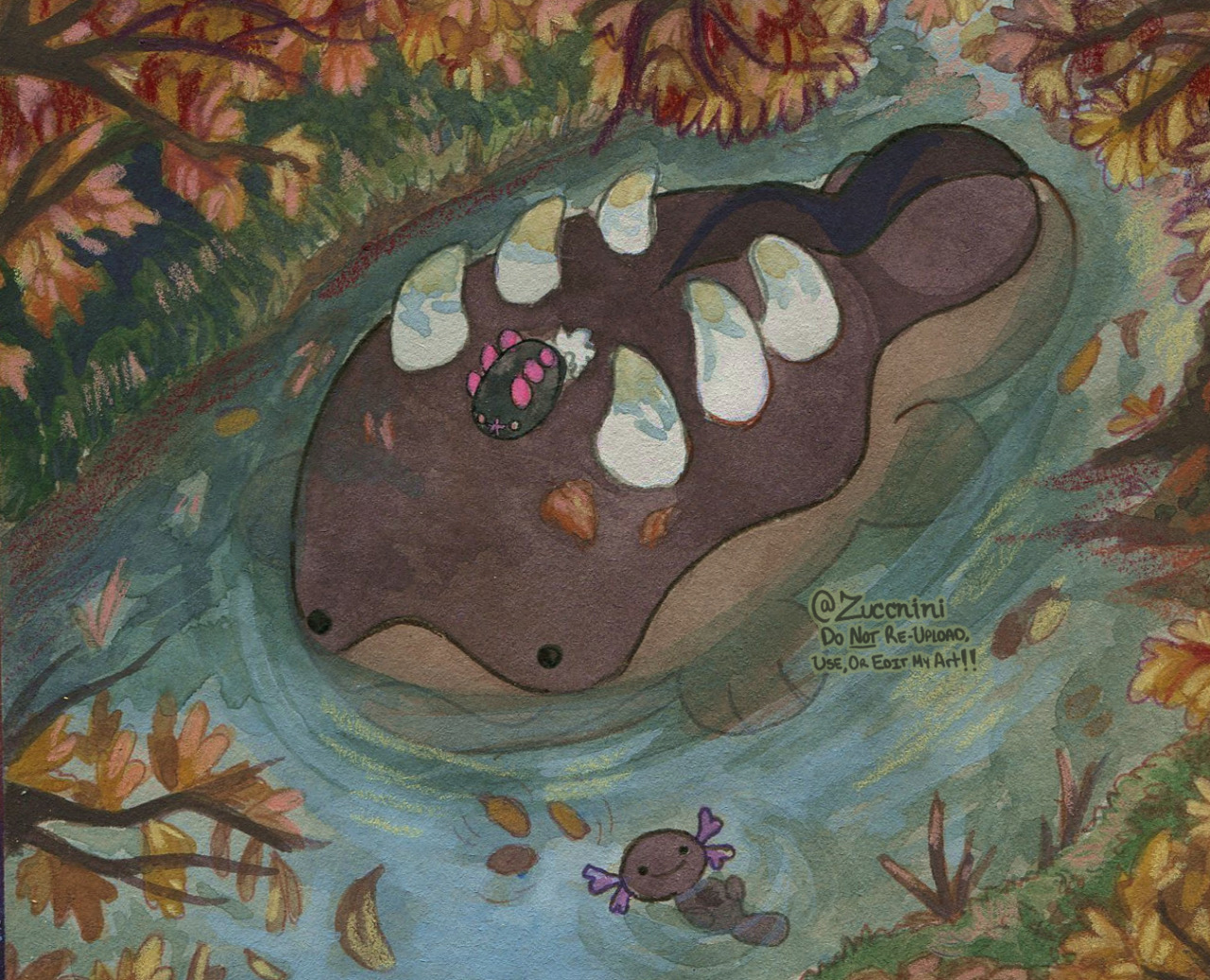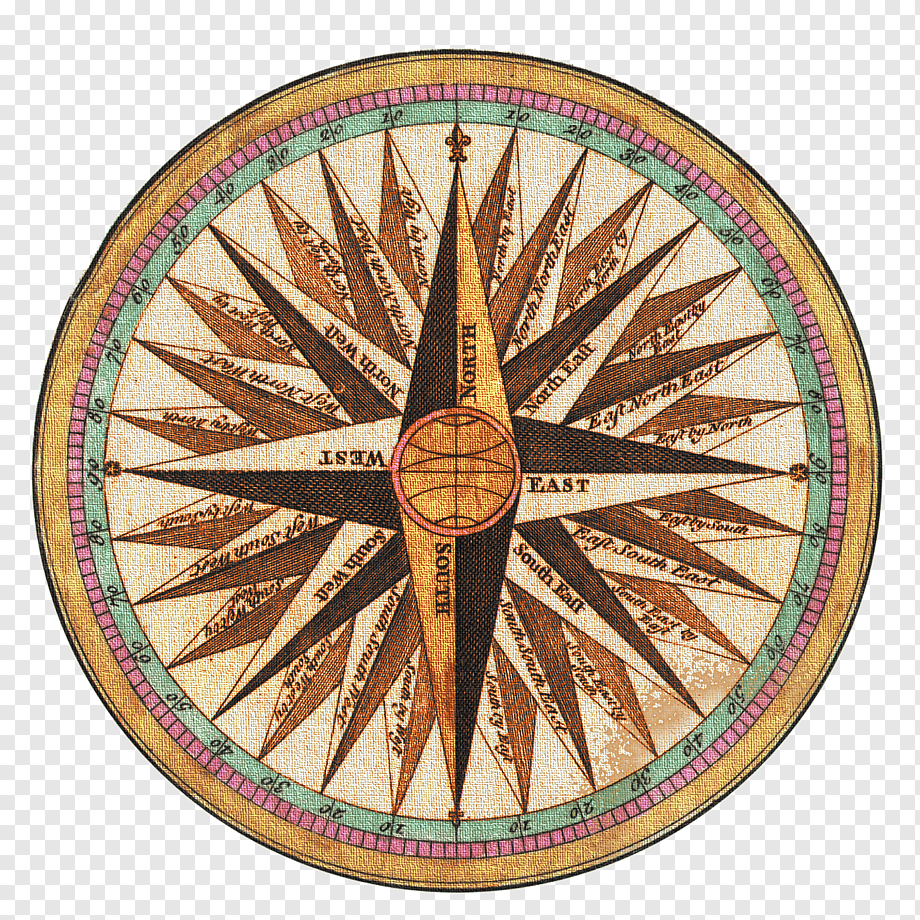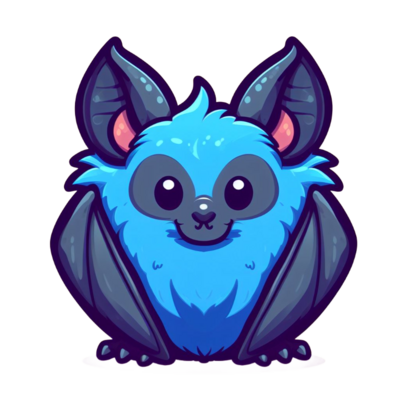Whenever you see a blurry reposted screenshot, know that it’s because OP stole those pixels to use in this map.
I don’t know about your guys, but I recognize one name only. Tells you how thorough the genocide was, eh?
Many of our cities states and regions in America are named for these tribes, so you probably know more than you think.
I’ve only been to North America twice, and I recognize several dozen.
I hadn’t zoomed in enough to see the smaller names below.
The 16th century is old enough that some people groups went through name changes, and many of the names you are familiar with are not on here. This map also prioritizes the endonym (what they call themselves) name over any exonyms (what other people call them). Some exonyms are just anglicisations of the endonym (or another European language), or sometimes they are direct translations or the native name, or names from another tribe.
Apsáalooke means “crow” in the Apsáalooke language, so most people call them Crow.
Additionally, writing these names in the Latin alphabet is not always done the same.
I do find it hard that you wouldn’t recognize more than one name, though. I’m no scholar, but I counted at least 140 that I recognized, and I’m sure I would recognize more of them under other names.
If there’s a tribe who’s name you know that isn’t on here, it’s probably because it was a less popular exonym (like souix, for lakota), or they didn’t exist yet (like the Seminoles), or it refers to more than one tribe (like iroquois).
Thank you for the info! I hadn’t zoomed in enough to see the smaller names which I do recognize.
Really, not even the exonyms in smaller printing below the endonyms?
Oh! I hadn’t zoomed in enough!
Maybe I’m just seeing what I want to see, but these areas seem to more closely represent natural regional divisions—the desert area has one group, the hills another, etc. I imagine it made your community feel pretty cohesive.
Keep in mind that they while they did have tribal territory and such these aren’t borders per se, so for quite a lot of this map their “territory” follows those regions because it’s convenient for the map maker and they don’t want to leave gaps!
More resources, more groups, more competition. See all the costal areas.
Cape fear indians…
What a name
The Comanches aren’t on there yet, as noted at the bottom, but their territory went from north of Colorado all the way down into mexico.
They actually are on there. Comanches were originally a subgroup of the shoshoni, who came down from wyoming area after mastering the horse. They call themselves the Nʉmʉnʉʉ, which you can see on the map at the eastern edge of the green shoshoni lands.
I didn’t know that! Thank you.
I have no clue how it’s received as a scholarly work, or by the Comanche themselves, but “Empire of the Summer Moon” is a fantastic book on the rise and fall of the Comanches. The long story short is that they captured feral horses lost by the Spanish, trained to be insanely good at riding, rearing, and fighting off of horses. They then took to the great plains as nomadic bison hunters. There were never really that many of them, but they controlled a huge area as basically the mongols of the great plains.
That’s what I read too - it was a fantasticly interesting book.
Would be cool if these were still today’s national borders.
National, not state, I think no country should be bigger than 150000 square miles (or 400000 square kilometers)
Thank you for not splitting up Germany again.
That’s the maximum, I think the ideal is around half of that. They better watch out 😁
I wish it went further north.




